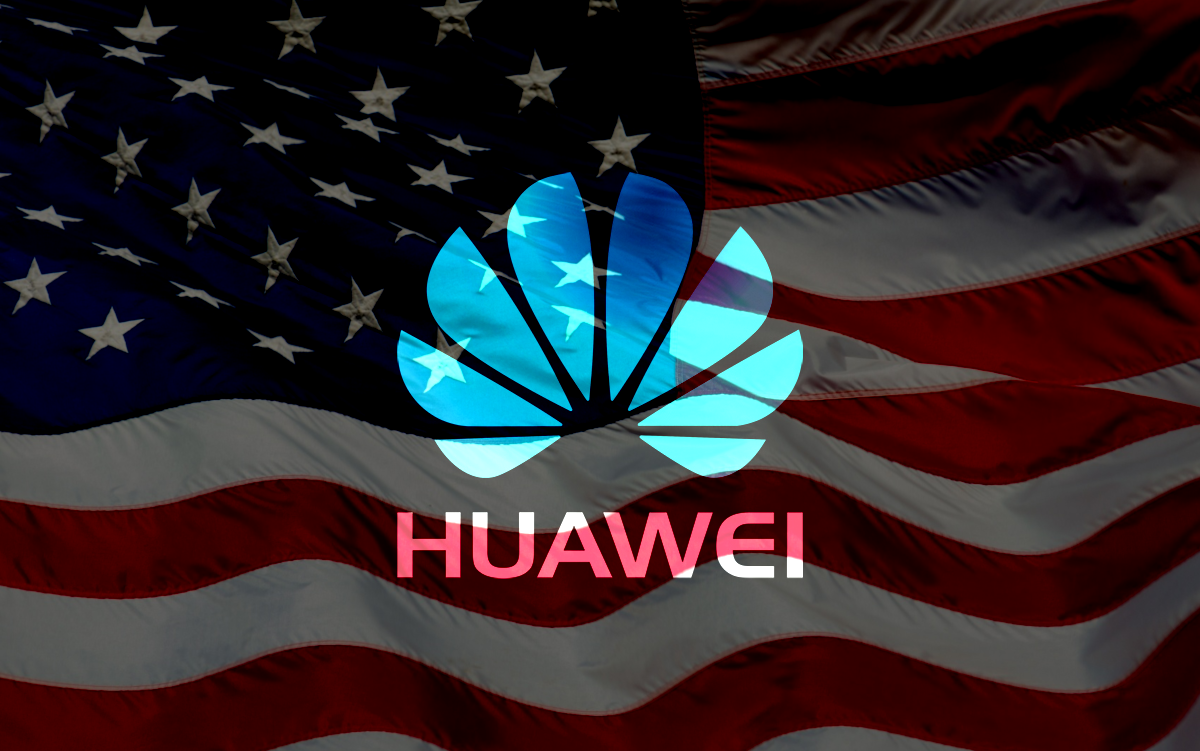In various circles and conversations, I’ve said this after the entire U.S-China/Google-HUAWEI drama began: there might come a time when HUAWEI might no longer need Google.
Ladies and gentlemen, I think we’re getting closer and closer to that happening. If not this year, it will probably be in 2022. The Chinese company is slowly but surely paving the way for its independence, but more importantly, survival.
History
In May 2019, the Chinese company was added to the dreaded Entity List, and former President Trump banned the company through an executive order.

Some would argue that the problems started in 2012 when the U.S. banned companies from using HUAWEI networking hardware and equipment. According to others, the mobile side of the business might have gotten involved with the occasion of the 2018 CES in Las Vegas.
Remember when we all expected Richard Yu to go on stage and announce the Mate 10 Pro’s availability in the U.S. Well, AT&T pulled out at the last minute, so HUAWEI turned to Verizon to get the same treatment. Congressional pressure was cited as a possible but unofficial reason for the move.
Whether the new Administration will overturn the ban is yet unknown, but just in case it does, it might be too late. HUAWEI might no longer need Google (among other key technologies like software, hardware, patents, etc.), and the U.S. would likely end up with the shorter end of the stick.
The HUAWEI Ecosystem
What happens when a rich and intelligent tech company faces roadblocks? I believe that to be the case with HUAWEI too. It turns all of its focus and efforts towards surpassing them while getting better and better at it.
Sure, there were some dents in finances and the company’s image (not as big as expected), but the Chinese tech giant got to work (and spending).
The first step to building it’s own (alternative) ecosystem was laying down the foundation. No longer having access to Google Mobile Services (GMS), HUAWEI placed HMS at the core of its EMUI (Android-based) operating system.
Then it went in big with investments to the core components and added titles to a store (AppGallery), which was most beneficial for Chinese users who didn’t have access to Google.
The company’s recent numbers, specifically on the ecosystem’s growth, are nothing but accolades.
The Google replacements
With access lost to Google and its services, the company started building its alternatives. No GMS? Here’s HMS. No Google search? Enter Petal search (repurposed into a full-fledged search engine from the initial search engine for apps only). No Google Maps? We’ve got Petal Maps. See a (Petal) pattern here?
HUAWEI is building its ecosystem as an alternative to Google, created and controlled by the company.
Most recently, news broke of a specific Petal Mail, which will likely be an alternative to Gmail if we follow the pattern above. All left from the list above is a solution for YouTube (but I described how HUAWEI currently approaches it with its Quick Apps in my recent Mate 40 Pro review).
